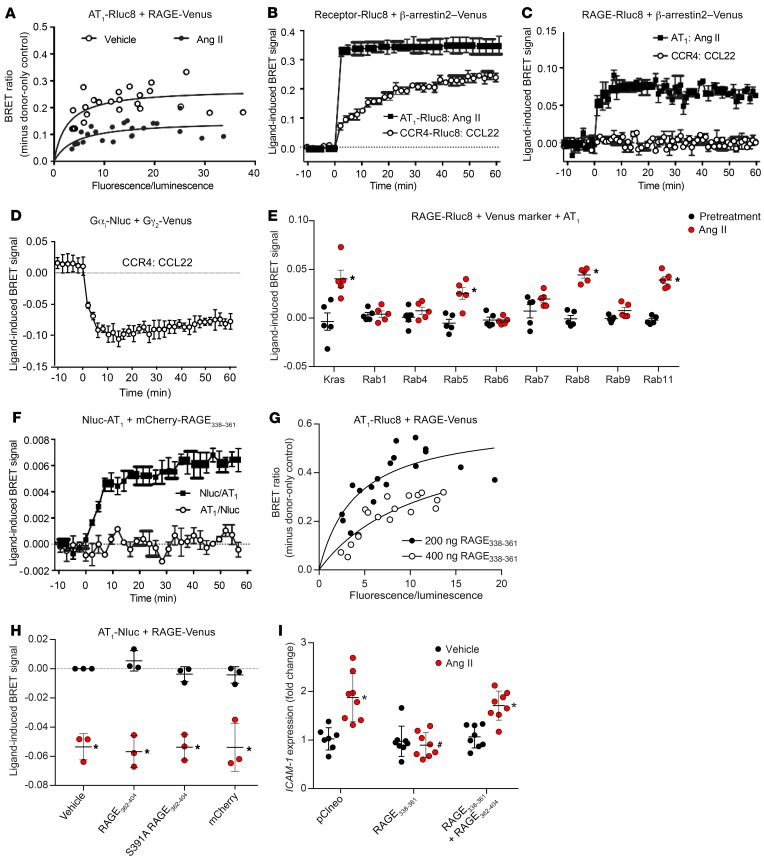Figure 5. The AT1 receptor and RAGE form a functional heteromeric complex.
(A) BRET saturation curves with AT1-Rluc8 and RAGE-Venus generated 60 minutes after the addition of Ang II or vehicle. (B) Ang II–induced recruitment of β-arrestin2–Venus to AT1-Rluc8 and CCL22-induced recruitment of β-arrestin2–Venus to CCR4-Rluc8 as a control. (C) Ang II–induced recruitment of β-arrestin2–Venus proximal to RAGE-Rluc8 only in the presence of AT1 following exposure to Ang II, and not in the presence of CCR4 following exposure to CCL22. (D) CCL22-induced BRET signal was observed when Gαi-Nluc and Gγ2-Venus were coexpressed in the presence of untagged CCR4, serving as an additional control. (E) Ang II–induced trafficking of RAGE-Rluc8 in the presence of AT1 using markers of specific subcellular compartments. (F) BRET between mCherry-RAGE338–361 and Nluc-AT1 was increased with Ang II. (G) BRET between AT1-Rluc8 and RAGE-Venus was inhibited by mCherry-RAGE338–361. (H) BRET between AT1-Nluc and RAGE-Venus was reduced by Ang II but not affected by mCherry-RAGE362–404. (I) Ang II–mediated proinflammatory signaling in HMEC1 inhibited by RAGE338–361 was rescued by mCherry-RAGE362–404. Data are presented as the mean ± SD. n = 3 (B–D and H), n = 5 (E and F), n = 6–8 (I), or data were combined from 3 independent experiments (A and G). *P < 0.05 versus vehicle or pretreatment or 0 minutes; #P < 0.05 versus other treated conditions. P values were determined by 2-way ANOVA.

